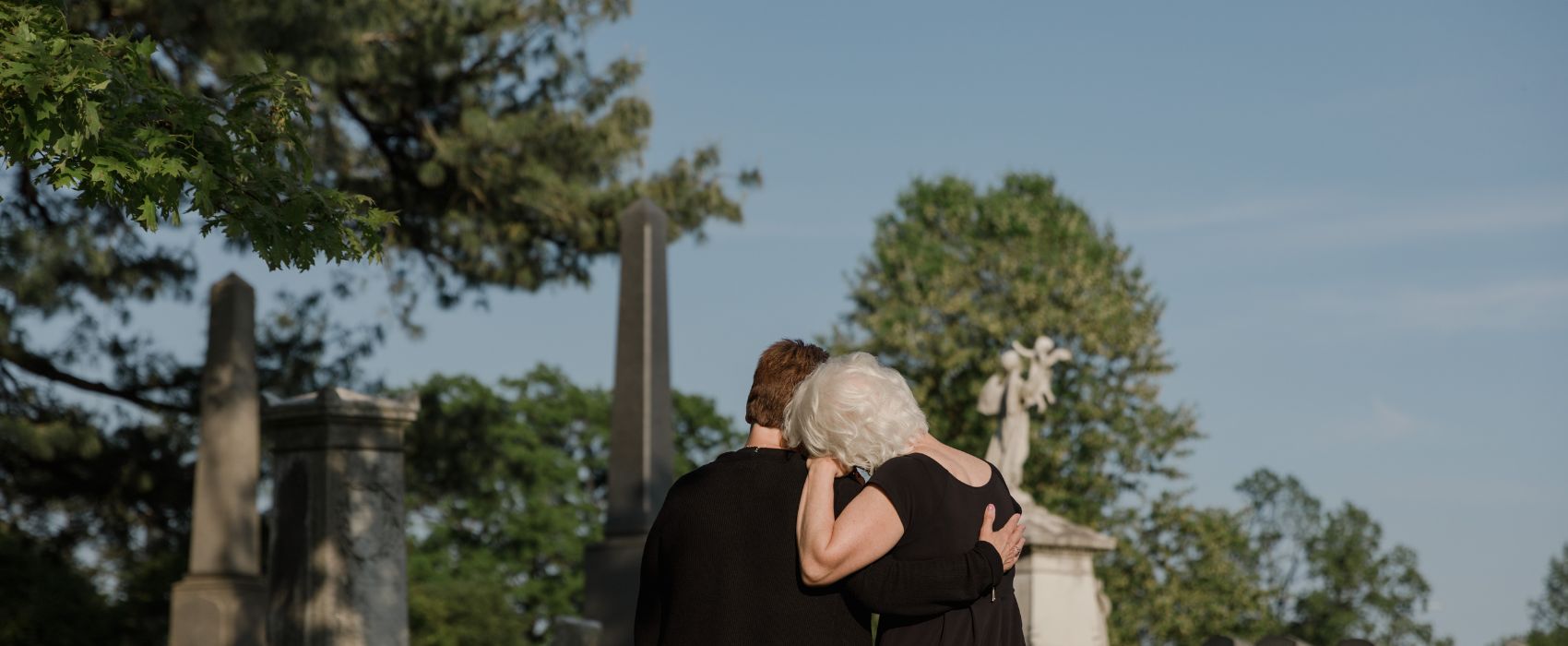Posted on January 31, 2024 by jhcadm
5 Common Myths Surrounding Death and Dying

Death and dying are inherently difficult topics to discuss. In our society, there are many misconceptions and myths surrounding this inevitable part of life. These myths highlight the complexity of attitudes and beliefs surrounding death and dying and emphasize the importance of fostering open and compassionate discussions about these topics.
1. Talking about death will hasten its arrival, leading to avoidance of discussions about end-of-life preferences and wishes.
One of the biggest myths surrounding death is the fear that discussing it will somehow bring it closer. This misconception often leads to avoidance of important conversations about end-of-life preferences and wishes. Open and honest discussions about death and dying can alleviate anxiety and provide comfort. Having these conversations allows individuals to express their wishes and ensure that their preferences are met.
2. Grief follows a Linear trajectory, with stages like denial, anger, bargaining, depression, and acceptance occurring in a fixed sequence, and expressing grief openly is a sign of weakness.
The idea that grief follows a fixed sequence of stages is a common myth. Grief is a highly individual and unique experience. While the stages of denial, anger, bargaining, depression, and acceptance may be experienced, they do not necessarily occur in a specific order or timeline. Additionally, there is no weakness in openly expressing grief. Grief is a natural response to loss and encourages individuals to express their emotions in a way that feels authentic to them. Expressing grief is a healthy way to honor and remember the deceased, and it can provide comfort and support to those who are grieving.
3. Grieving should have a time limit, implying that one should “move on” after a certain period.
Society often imposes unrealistic expectations on the grieving process, suggesting that there should be a time limit on mourning. This myth can be harmful and dismissive of the profound and lasting impact of loss. There is no set timeline for grief. Everyone grieves at their own pace, and healing takes time. It is important to allow oneself the space and time needed to navigate the complexities of grief.
4. Dying alone is the worst outcome.
The fear of dying alone is a common concern for many individuals. However, it is important to remember that dying alone does not necessarily equate to a negative or lonely experience. It is important to provide support and companionship to those who are nearing the end of life, whether it be from loved ones, caregivers, or hospice professionals. The focus should be on creating a peaceful and dignified experience for individuals, regardless of who may or may not be present.
5. Dying is always painful.
Another prevalent myth surrounding dying is the belief that it is always a painful experience. While it is true that some individuals may experience pain or discomfort during the dying process, advancements in palliative and hospice care have made it possible to provide relief and ensure comfort for those who are nearing the end of life. James H Cole Home for Funerals is dedicated to offering the highest quality of service and compassionate care to individuals and their families, aiming to provide a dignified and peaceful end-of-life experience.
Posted in General Topics
